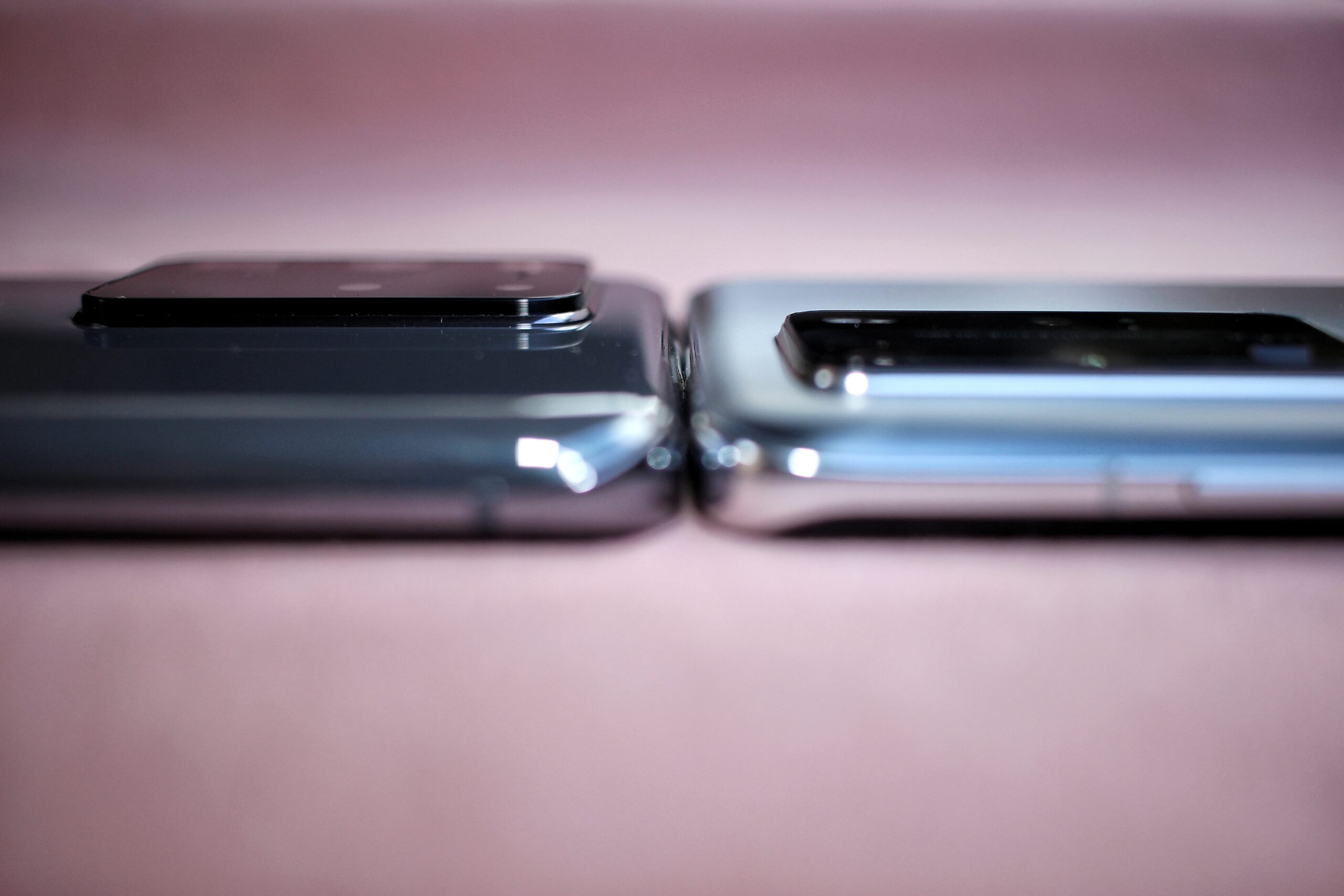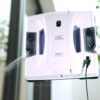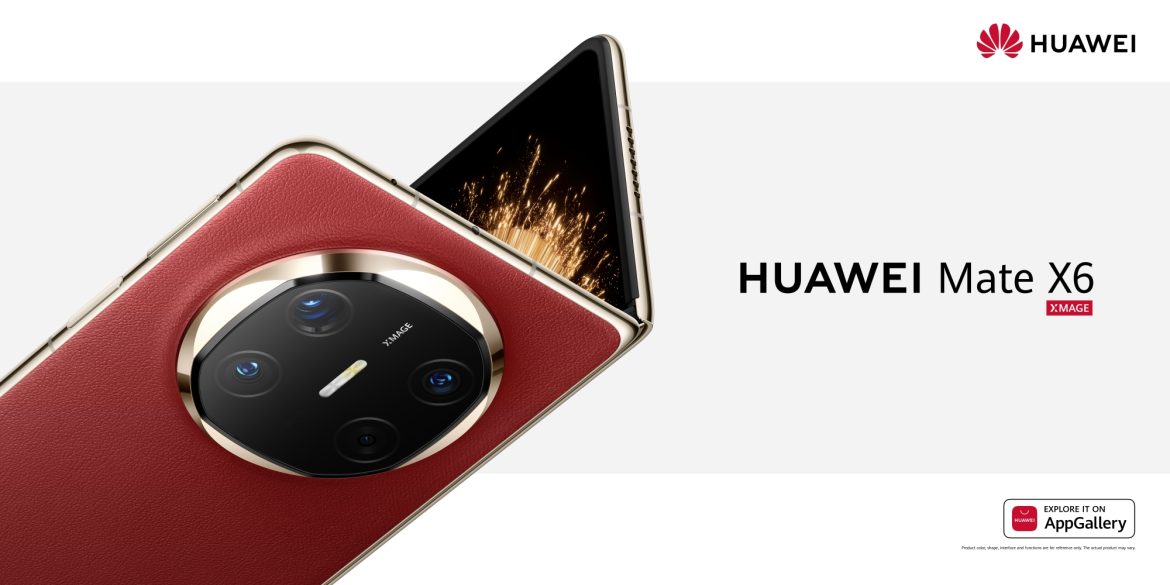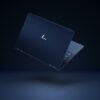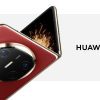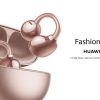Huawei’s recently unveiled the P40 series in South Africa, and as expected, it’s the P40 Pro that’s garnered the most attention and is currently the most desired phone in the range.
I’ve had the P40 Pro for almost 3 months and one of the questions that I get asked the most is how it compares to Samsung’s Galaxy S20 Ultra.
Design
One of the first things you’ll notice about the P40 Pro is that the display sports a large pill-shaped cutout in the top left-hand corner which has lead to many people saying that it’s reminiscent of Samsung’s Galaxy S10+ display. Unlike Samsung’s S10+ which uses the cutout to house the selfie cameras, Huawei’s P40 Pro makes good use of it to house the selfies cameras and a 3D depth sensor which is also used for face unlock. It’s similar technology to Apple’s Face ID in a space less than half the size of the notch on the iPhone 11 Pro.
Flip the phone over and you’ll find a large rectangular camera hump, which again has drawn comparisons to Samsung’s S20 series design. Unlike the camera hump on the S20 Ultra though, the P40 Pro’s camera hump is smaller.
Both the S20 Ultra and the P40 Pro have ditched the 3.5mm headphone jack which means that the bottom of the phone has a speaker grill, mic and USB-C port (as well as a SIM card / memory card tray on the P40 Pro) on the bottom of the device. Both devices also have the volume rocker and power button (or Bixby button in Samsung’s case) on the right-hand side of the phone, while the top of the device is adorned with a SIM card / memory card tray on the Samsung and an IR blaster on the Huawei.
Samsung’s S20 Ultra is a larger beast than Huawei’s P40 Pro and you can definitely feel the difference. While neither phone is a one-handed device when you have small hands like me, the S20 Ultra is just too unwieldy to use comfortably while the P40 Pro is far more manageable. Another very noticeable difference is the weight and the overall feel in the hand of both devices. Huawei’s P40 Pro has a weighted feel than the S20 Ultra, however it doesn’t feel cumbersome it actually makes it feel stronger and more premium. Someone who held both the S20 Ultra and the P40 Pro noted that the P40 Pro feels like a more premium device than the S20 Ultra. This is partly due to the fact that my P40 Pro is the Frosted Silver variant which has a frosted glass back unlike my Cosmic Gray S20 Ultra which has a glossy glass back.
Display
Samsung is known for its displays and the S20 Ultra’s display is nothing short of glorious despite the compromises. Having said that, it’s worth noting that the display on the P40 Pro is so good that it makes me question why Huawei hasn’t done this sooner.
While talking about both devices with a colleague, he noted that while the S20 Ultra’s display is brighter, Huawei’s display is sharper which is somewhat surprising considering that Samsung’s displays are usually the sharpest on the market. Huawei’s display also runs cooler in terms of colour reproduction than the S20 Ultra, something that I prefer.
The biggest standout of the display though is not how great it is thanks to the 2640 x 1200, 90Hz OLED panel, or the fact that it can run at that high refresh rate all the time unlike Samsung’s S20 Ultra which forces you to choose between a high resolution with a 60Hz refresh rate or an HD resolution with a 120Hz refresh rate, is the fact that it curves on all four sides. This makes swiping up from the bottom of the device – and swiping down from the top of the device – a far pleasant and smoother experience.
Camera
This is where things start to get really interesting.
Huawei has been the king of smartphone photography since the P9 series where they first unveiled their partnership with Leica, however Samsung has also had some pretty great camera tech and with the S20 Ultra it was very clear that they were making a move to take back the crown.
If you know anything about the S20 Ultra you know that it has 100x “Space Zoom” lens. While that sounds great on paper, it’s proven to be not that great in real life. Pictures taken using the 100x zoom are blurry messes that you don’t want to look at, ever. However, I applaud Samsung for pushing the boundaries and bringing this type of camera tech to the mainstream market because it will continue to improve and it pushes all other handset manufacturers to continue improving their camera tech. Other than showing off to your friends, you won’t use the 100x zoom, but you will use the 10x zoom and possibly the 30x zoom.
Unlike Samsung, Huawei has opted to take the more restrained route and capped the camera at 50x zoom.
Most people won’t use these extreme zoom capabilities and will stick to the regular camera or go up to 10x zoom.
Here are comparison pics taken with the S20 Ultra and the P40 Pro:



S20 Ultra 


P40 Pro 
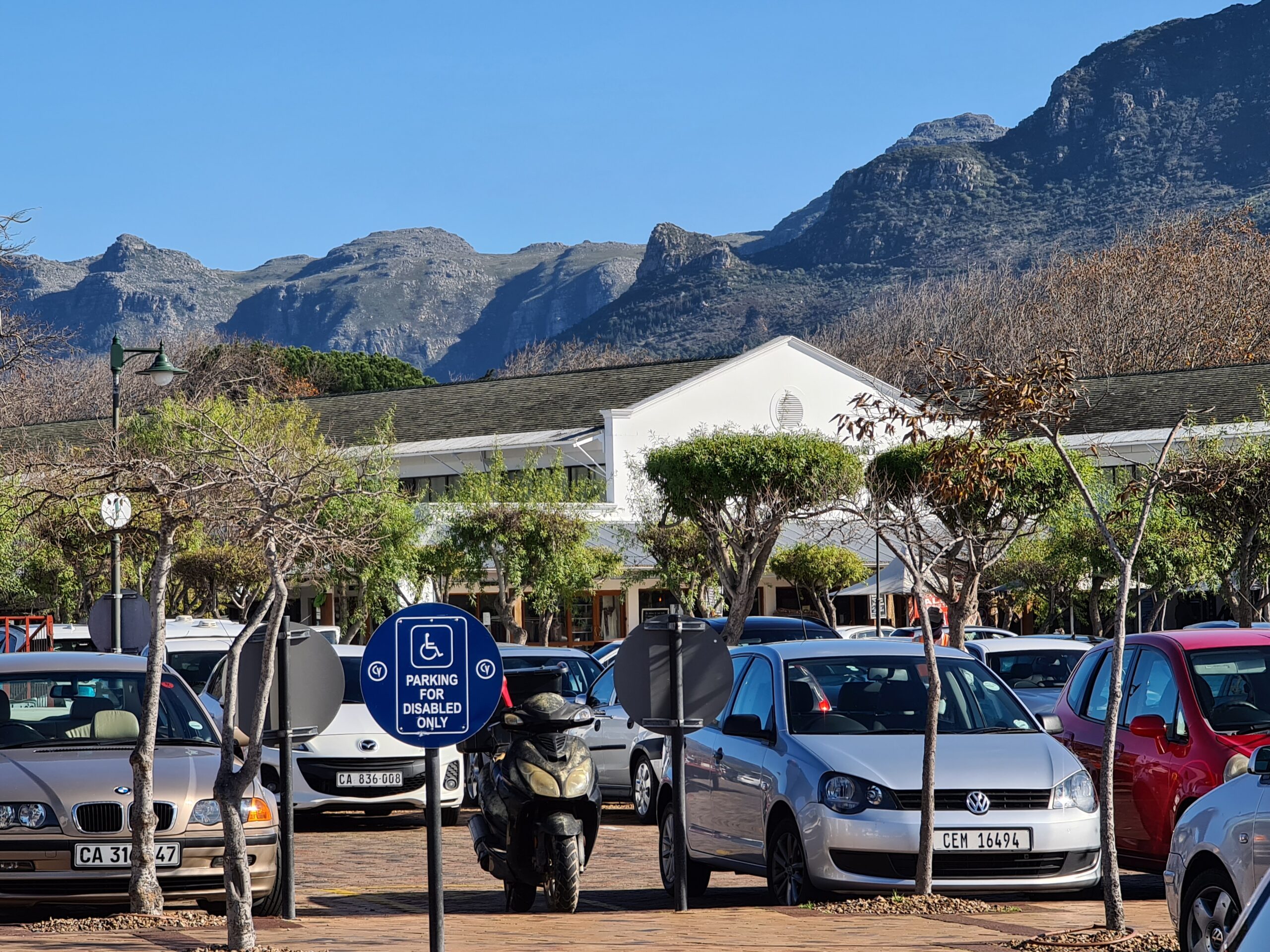

S20 Ultra 5x zoom 
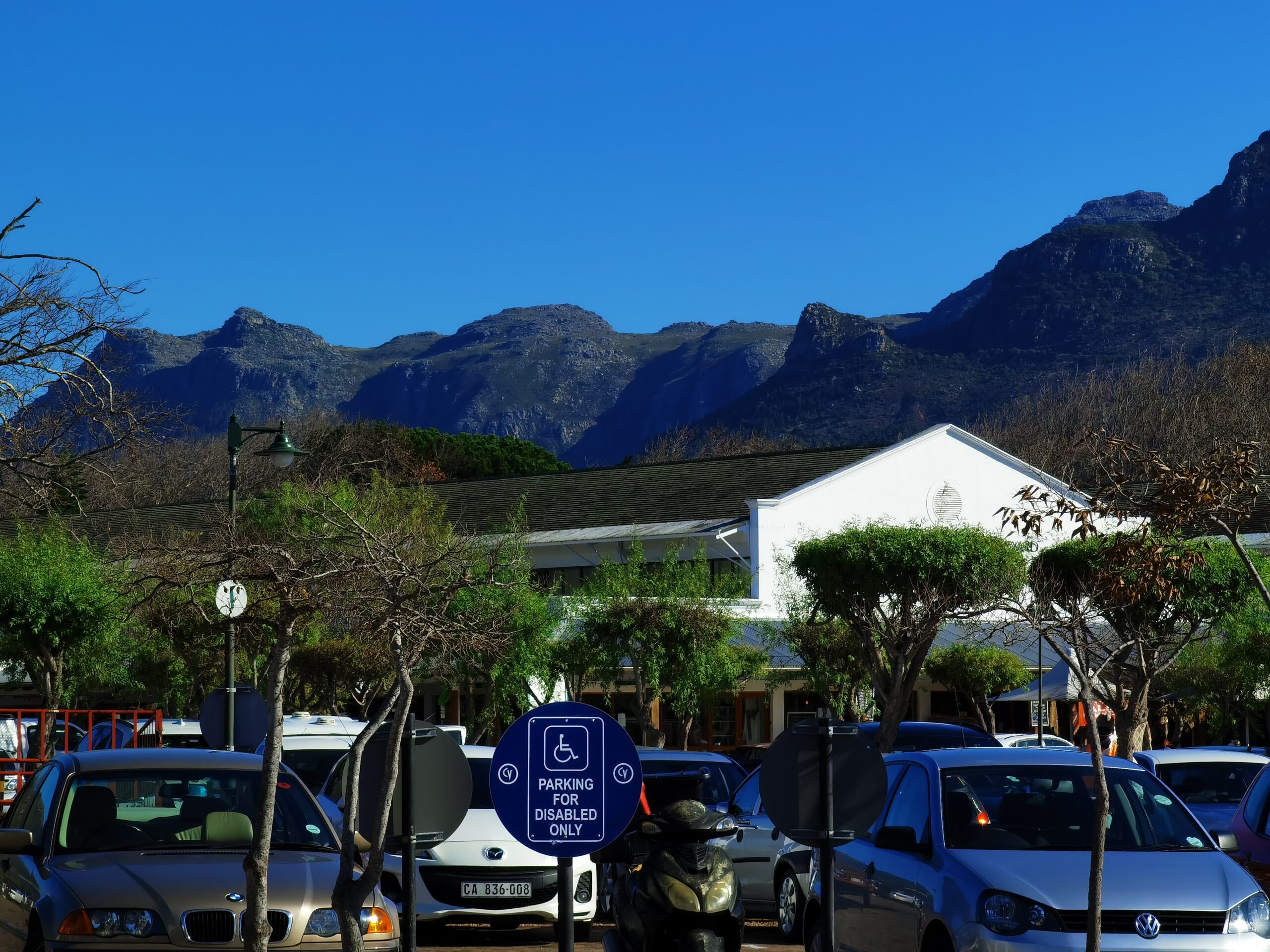

P40 Pro 5x Zoom 


S20 Ultra 10x zoom 


P40 Pro 10x zoom
When it comes to night time and low light images, Huawei’s camera truly shines. In fact, the regular mode without activating night mode is so good that most of the time there’s no need to activate it.

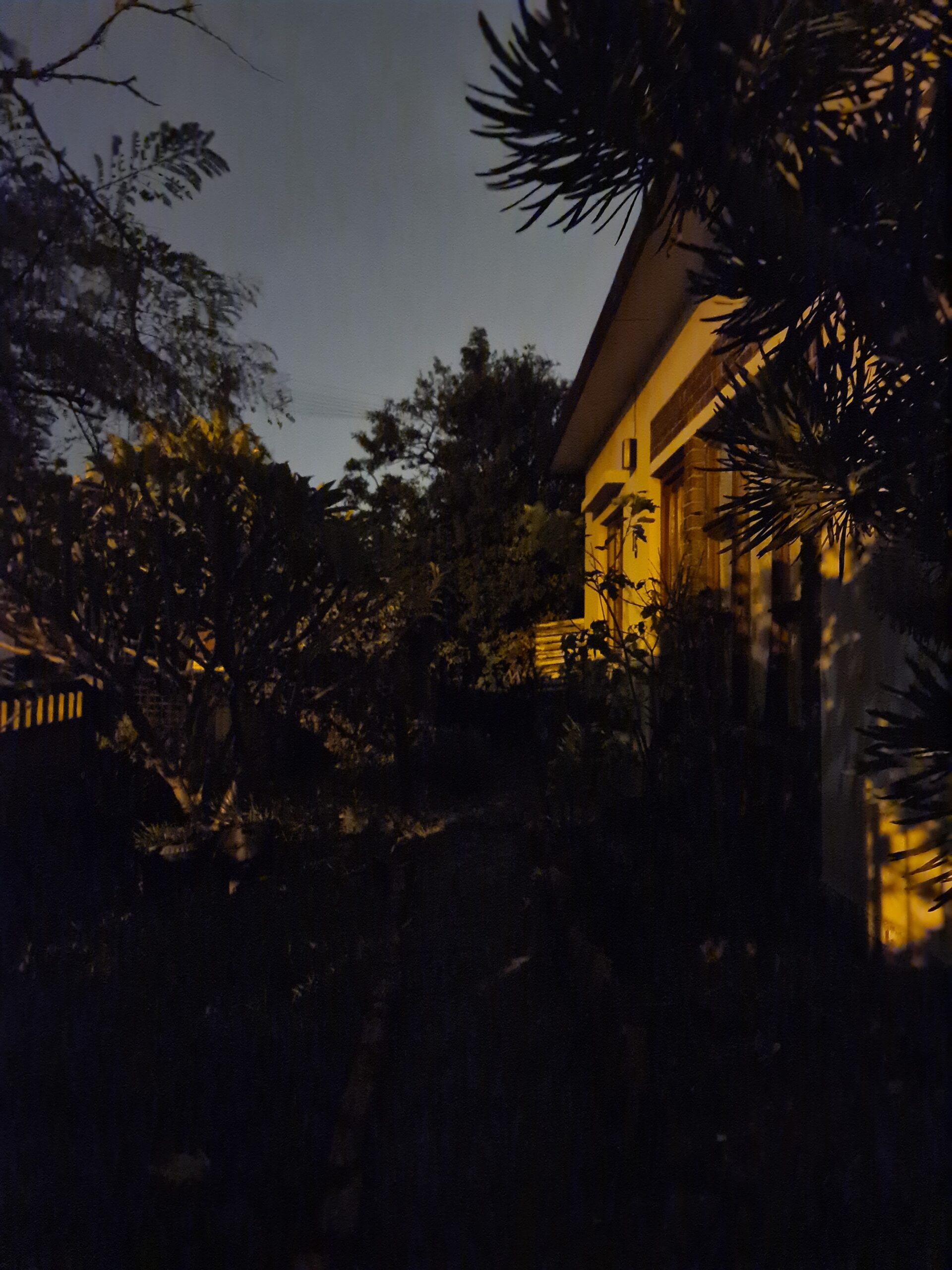

S20 Ultra – regular mode 
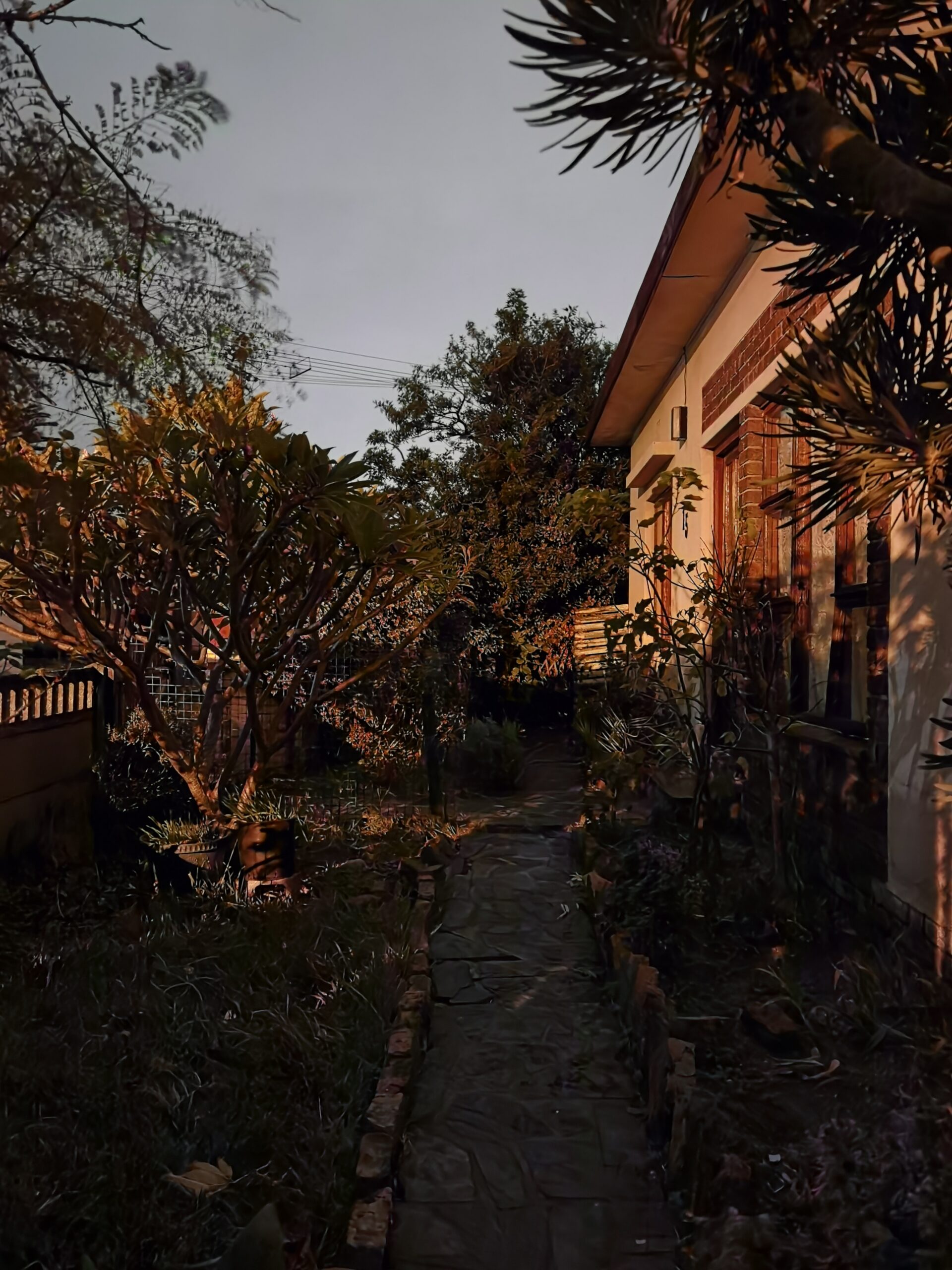

P40 Pro – regular mode 
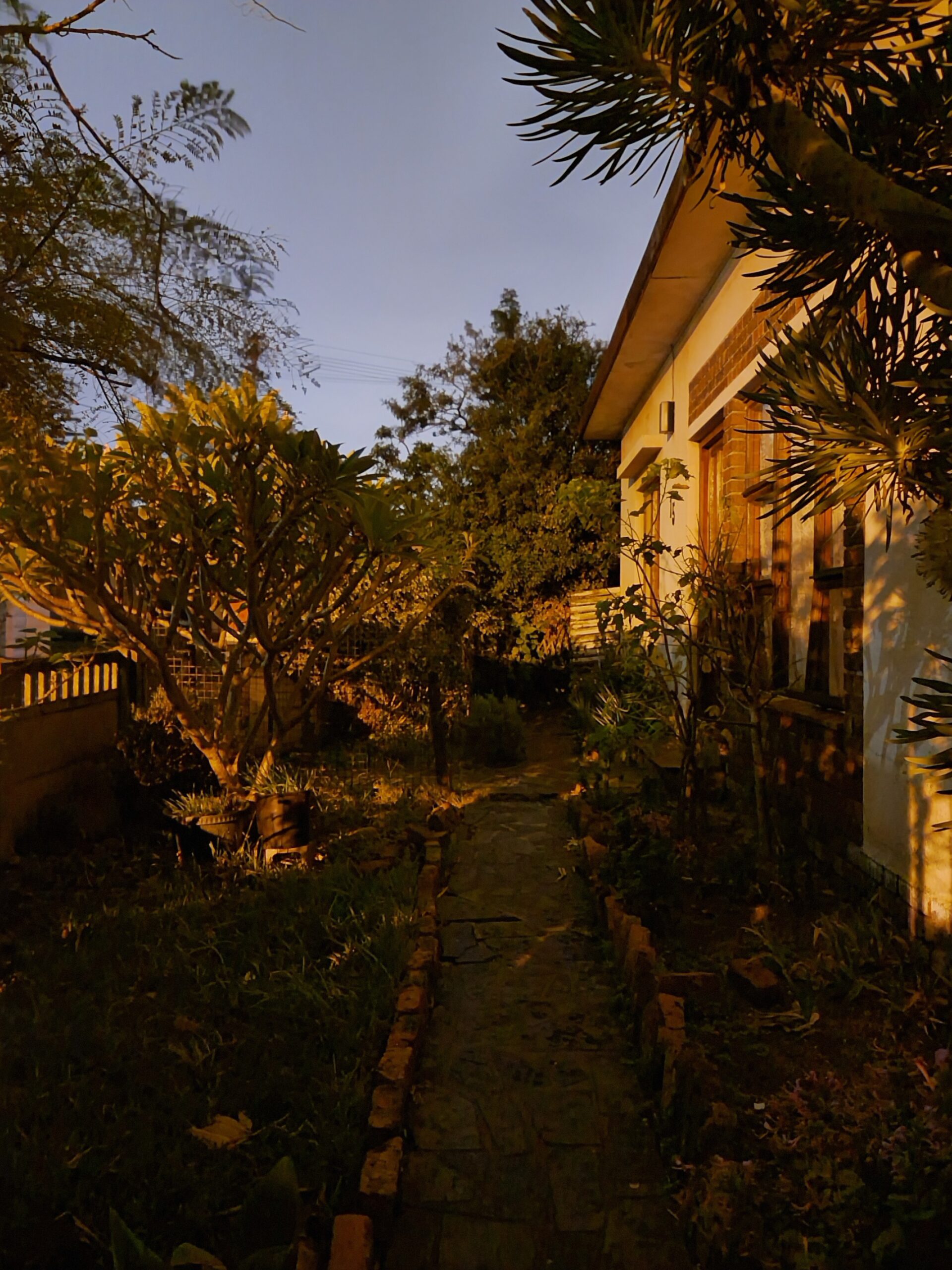

S20 Ultra – night mode 
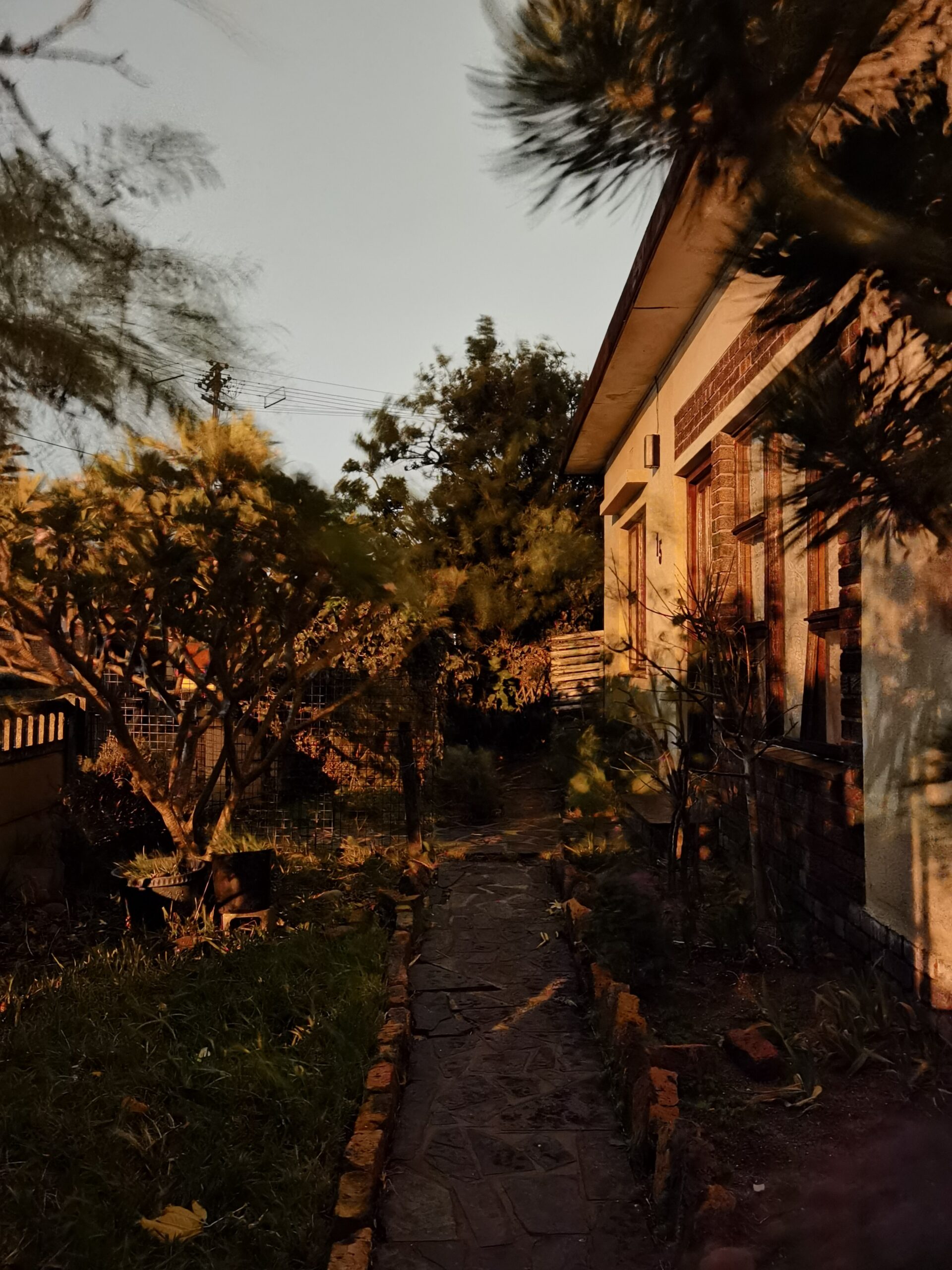

P40 Pro – night mode
Battery
Samsung’s S20 Ultra boasts a 5000mAh battery while Huawei’s P40 Pro has a 4200mAh battery.
Logic would dictate that the S20 Ultra would outlast the P40 Pro but that’s not the case. Even when using the higher resolution and lower refresh rate on the S20 Ultra, I would still need to charge my device before the end of the day, however with the P40 Pro on full resolution and 90Hz refresh rate I’d have at least 38% battery left by the same time every day.
Samsung’s battery drain can’t be explained away by 5G – this variant of the S20 Ultra is an LTE variant while my P40 Pro is a 5G handset – or the battery consumption due to a high refresh rate and can only be attributed to either a battery management issue or an issue with this specific device.
Both the S20 Ultra and the P40 Pro have fast charging however despite being capable of 45W fast charging, the S20 Ultra only ships with a 25W charging brick, while the P40 Pro ships with a 40W charging brick and therefore gives you the full 40W charging speed straight out of the box.
When it comes to wireless charging, the S20 Ultra is capable of 15W wireless charging while Huawei’s P40 Pro is capable of 27W wireless charging, with the P40 Pro+ capable of 40W wireless charging.
Software
This is where the biggest difference between the S20 Ultra and the P40 Pro can be found.
Samsung is still using OneUI which is even sleeker than before and Huawei has continued to improve EMUI, however Samsung has access to Google Mobile Services and Huawei does not.
On the P40 Pro you won’t find any Google apps pre-installed, however I’ve been able to install Waze (Google owned), Chrome and Google Maps Go. Some of these have been done via third party app stores and not via Huawei’s AppGallery.
What you will find on Huawei’s AppGallery are a host of Microsoft apps, including Outlook, as well as the ability to install Facebook, Whatsapp, Instagram, TikTok, local banking apps, Spotify, Snapscan and many more of South Africa’s most popular apps.
The AppGallery also awards points for certain downloads and offers rewards, something that other app stores don’t do. It’s not a perfect or seamless experience though as many of the apps that most people use on a daily basis are Google apps and at this stage do not work seamlessly on Huawei Mobile Services, however that doesn’t mean that I can’t access them in one form or another.
When it comes to my Gmail, I can access that via Huawei’s native email client and YouTube can be viewed either through the phone’s browser or via YouTube Vanced. I can also access my Google Drive and Google Photos via the browser, which means that I’m not losing all access to my documents and images.
The problem with the AppGallery experience is that there’s too much bloatware and not enough of the apps that many people use when living in a digital ecosystem. You’re able to transfer most of your apps over to the P40 Pro using Phone Clone but that doesn’t solve the ecosystem problem. I have a Google Home Mini and cannot cast music from my phone to the speaker, I am able to ask the speaker to play the music I want so it’s not a train smash but in all honesty, there are occasional issues with the Google Home Mini that require me to adjust the volume or skip to the next track from another device.
This is an issue that’s been raised by other tech journalists who have reviewed or written about the P40 Pro, however what most of them have failed to mention is that these are just inconveniences. In the case of casting music from my device to the Google Home Mini, as mentioned, I can use voice to get the speaker to adjust the volume, play a specific song or skip forwards or backwards, I can also hop on the Spotify app on my MacBook and control the audio being cast.
HMS (Huawei Mobile Services) is still relatively new and it does require a bit of a learning curve. You also don’t get exactly the same experience as you do on any Huawei device with Google Mobile Services or any non-Huawei Android device, e.g. you can’t backup your Whatsapp messages to Google Drive because it doesn’t work. Which means that the only option you have is to back it up to the device. I’ve asked Huawei whether or not they’d allow Whatsapp to backup to the Huawei Cloud but I’ve received no concrete answer as yet.
This might seem like a burdensome experience but it’s not that much different when swapping between Android and iOS. Yes, Google apps and services work on an iPhone but they’re not always the greatest.
Huawei’s AppGallery (and HMS) has improved since my first experience with it on the Mate 30 Pro 5G and the inconveniences experienced come with having to figure out workarounds to a situation that they did not create or ask for.
Huawei has shown that they’re working towards a larger goal with HMS and the Harmony OS and once more of their devices – such as the Huawei Sound X, the Honor Vision and the new MateBooks – are available in South Africa, we’ll see a more seamless ecosystem experience that could arguably rival that of Google’s and Apple’s.
AppGallery needs more work, but it’s important to remember that they’ve done in a year what Apple and Google have taken a decade to do.
One of my favourite things about the P40 Pro is MeeTime, Huawei’s own voice and video calling platform. Without a doubt it’s my favourite way to call someone as it uses data to place the call and always gives me the clearest audio and video quality. The phone dialler app shows you who your MeeTime contacts are and lets you place calls to them directly. It also shows if they have other MeeTime devices connected to their Huawei ID and gives you the option of placing the call to that device instead.
When conducting a video call, MeeTime offers beauty filters and the ability to cast your call to another MeeTime capable device, such as a MediaPad or the Honor Vision, which is great when using it for meetings or group calls.
Celia, Huawei’s AI Assistant, is also available on the P40 Pro, but it’s not great and to be honest, I’d rather use Samsung’s Bixby (which I hate). Huawei has said that they are working on improving Celia, so we should be seeing those improvements filter down via software updates.
Yes, software updates are possible and at the the of writing this review both the S20 Ultra and the P40 Pro were sitting with the April 2020 Android security update.
I’ve also received regular updates for my apps that were downloaded from the AppGallery and I’ve opted to do manual updates for apps downloaded from any third party appstore.
Verdict
Neither phone is perfect.
Samsung’s S20 Ultra is a good phone but doesn’t live up to the hype or the R27 000 pricetag – the 100x zoom is a gimmick, the battery life is disappointing and the screen forces you to compromise between a high resolution and a high refresh rate, it’s also far too big.
Huawei’s P40 Pro is another great piece of hardware from a company that’s been making great hardware for years, but the lack of Google Mobile Services means that it won’t be the right device for everyone. The pricetag is also a bit questionable as many people would opt for an S20 Plus instead of a P40 Pro purely because it has Google Mobile Services.
The P40 Pro is a great device with arguably the best hardware of any device this year, however, the AppGallery experience and HMS need a little bit more time to mature before they’re truly able to compete with Apple’s AppStore and the Google Play Store.
With the P40 Pro, Huawei has proven that restraint and optimisation are far better than the usual Android strategy of throwing everything but the kitchen sink into a device.
Specs
| Huawei P40 Pro | Samsung Galaxy S20 Ultra | |
| Display size, resolution | 6.58 inch OLED 90Hz refresh rate 2640×1200 pixels | 6.9-inch Dynamic AMOLED 2X 60Hz or 120Hz refresh rate 3200 x 1440 pixels |
|---|---|---|
| Dimensions (Millimeters) | 158.2×72.6×8.95 mm | 166.9 x 76.0 x 8.8 mm |
| Weight (Grams) | 209g | 220g |
| Mobile software | Android 10 with EMUI 10.1 | Android 10 with OneUI |
| Camera | 50-megapixel (ultra vision wide angle) 40-megapixel (ultra wide) 12-megapixel (5x optical telephoto), 3D time-of-flight camera, colour temperature sensor | 108-megapixel, 12-megapixel, 48-megapixel, VGA |
| Front-facing camera | 32-megapixel & depth sensor | 40-megapixel |
| Processor | Kirin 990 5G | Exynos 990 |
| Storage | 128GB/256GB (expandable) | 128GB (expandable) |
| RAM | 8GB | 12GB |
| Battery | 4,200 mAh (with 40-watt fast-charging. 40-watt charging brick included in the box) | 5,000 mAh (with up to 45-watt fast-charging. 25-watt charging brick included in the box) |
| IP Rating | IP68 | IP68 |
| Headphone jack | No | No |
| Colours | Black, Silver Frost | Cosmic Black, Cosmic Gray |
| Price | R20 999 | R26 999 |

